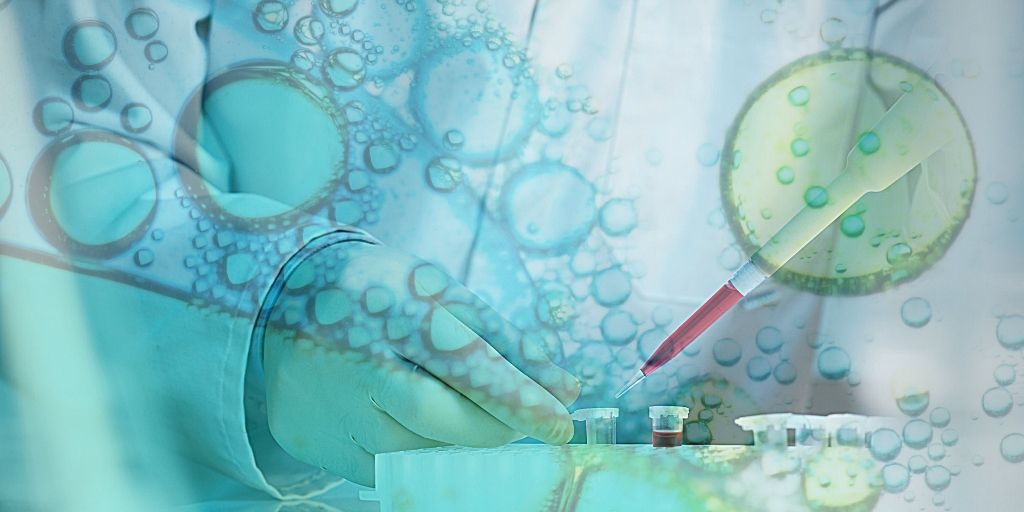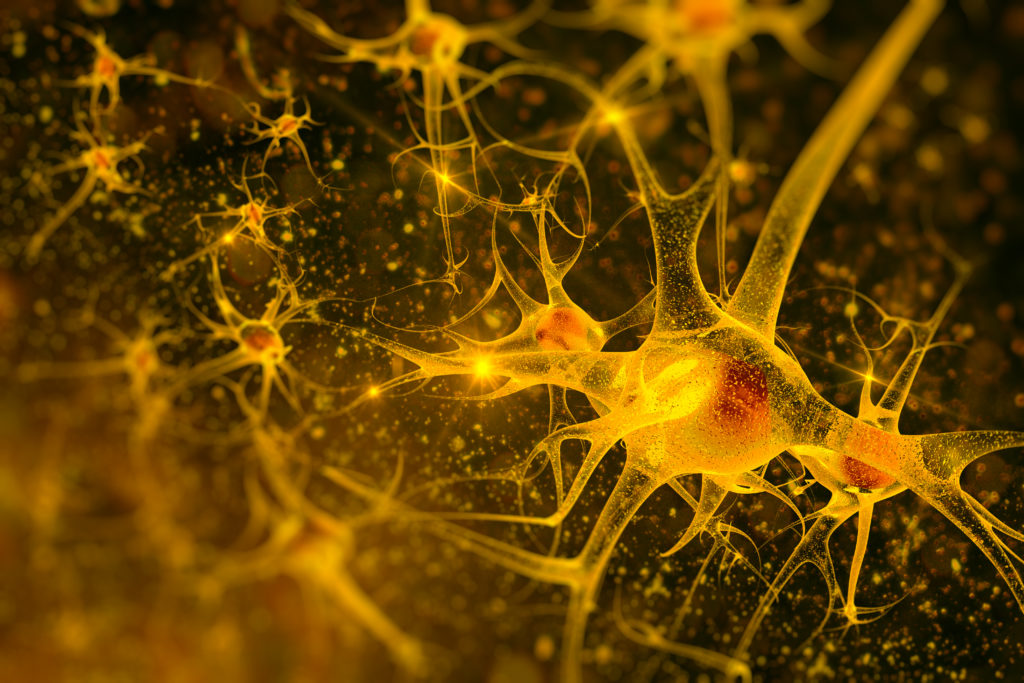Sodium (Na) is an essential element found in our bodies. It is responsible for muscle and nerve function, and the balance of water levels in cells. The element is the most common alkali metal and is widely used across various industries. It exhibits a silvery white appearance and is naturally abundant in compounds.
Sodium is industrially processed as a constituent of sodium chloride (NaCl). NaCl products are categorized into a diverse range of purposes, such as brine solution preparations, agriculture and water treatment. Here we take a closer look at how sodium concentrations can be monitored using a sodium ionophore.

Experts and scientific researchers have relied upon the use of sodium ionophores for ion selective electrodes (ISE) to accurately measure, monitor and prepare sodium concentrations.
The Benefits of Ionophores
Ionophores are a family of chemicals that reversibly bind ions. They are usually lipid/fat-soluble, enabling ion transference through lipid-bilayers of cell membranes. Sodium ionophores used in ISE serve as an affordable method of chemical detection that yields high selectivity in its results.Ion selective electrodes are specialized membranes that are utilized during the transference process of ionophores. The choice of membrane determines the quantity of a specific element (analyte), achieved through a potentiometric response. Some examples of sodium ionophores include Monensin Sodium Salt, Gramicidin A, SQI-ET and SQI-PR.
Industrial Uses of Sodium
Nuclear Waste Treatment
Sodium Ionophore III is an effective receptor for trivalent Europium and Americium. Experts have considered the potential use of these ionophores in the extraction of nuclear waste.Glass-making
Sodium carbonate is a crucial component found in glass-making processes. The compound is heated with calcium carbonate and silicate to form glass.
Sodium carbonate is added as a catalyst, which lowers the melting point of silica. This speeds up the glass-making process. Sodium ionophores may be applied to determine the exact amount of sodium required for optimal reaction.
Soap Production
The manufacturing of soap requires sodium hydroxide as an essential ingredient. Sodium hydroxide is mixed with fats and oils to achieve a chemical process known as saponification, which converts the mixture into soap bars. Sodium ionophores can be used to monitor the level of sodium added to each soap product. This is important as excess sodium levels in soap may lead to adverse reactions to the skin, through dehydration.Sodium Monitoring in Healthcare
Diabetes Management
Diabetes insipidus (DI) is a common symptom among diabetics. The condition is characterized by increased thirst and is correlated to abnormal sodium levels within the body. Physicians can better manage the symptoms of sufferers through consistently monitoring patients' sodium levels. DI management has been shown to improve with a daily sodium monitoring and fluid intake protocol.
Sodium ionophores can provide patients and healthcare providers with more accurate measurements of sodium levels at all times. This can help decrease the frequency of hospitalization and improve the patients' general quality of life.
Managing Sodium Disorders
Hyponatremia and hypernatremia are two of the most common sodium-related conditions. These ailments are potentially life-threatening when ill-managed since sodium is an electrolyte responsible for nerve and muscle function. Hyponatremia is characterized by a low sodium count in the blood supply. Sufferers usually recover upon being treated for the underlying cause (i.e. drinking too much water).Hypernatremia, is the result of dehydration often caused by kidney malfunction or a lack of water. Sodium ionophores can help clinicians provide accurate diagnosis and prompt treatment for sodium-related disorders.
Scientific Findings with Sodium Ionophores
Scientific researchers continue to discover new applications for sodium ionophores. These findings raise greater awareness on the vital effects of sodium in a variety of biological functions.Enhancement of Neuromuscular Transmission
Researchers have discovered a link between the sodium ionophore monensin and improved neuromuscular function in crustaceans. The experiment was achieved through the ionophore-supported transference of intracellular sodium. Results showed an increase in excitatory post-synaptic potential, which suggests greater neuromuscular activity. The extent of neurological stimulation was proportional to the level of external sodium being administered.
Similar research involved the study of sodium (via monensin-based ionophores) on the neuromuscular junction of frogs. The results showed an improved regulation of transmitter release in the test subjects. These studies suggest sodium ionophores as a potential medium for the treatment of neuromuscular conditions such as Amyotrophic lateral sclerosis (ALS) , muscular dystrophy and peripheral neuropathy.
